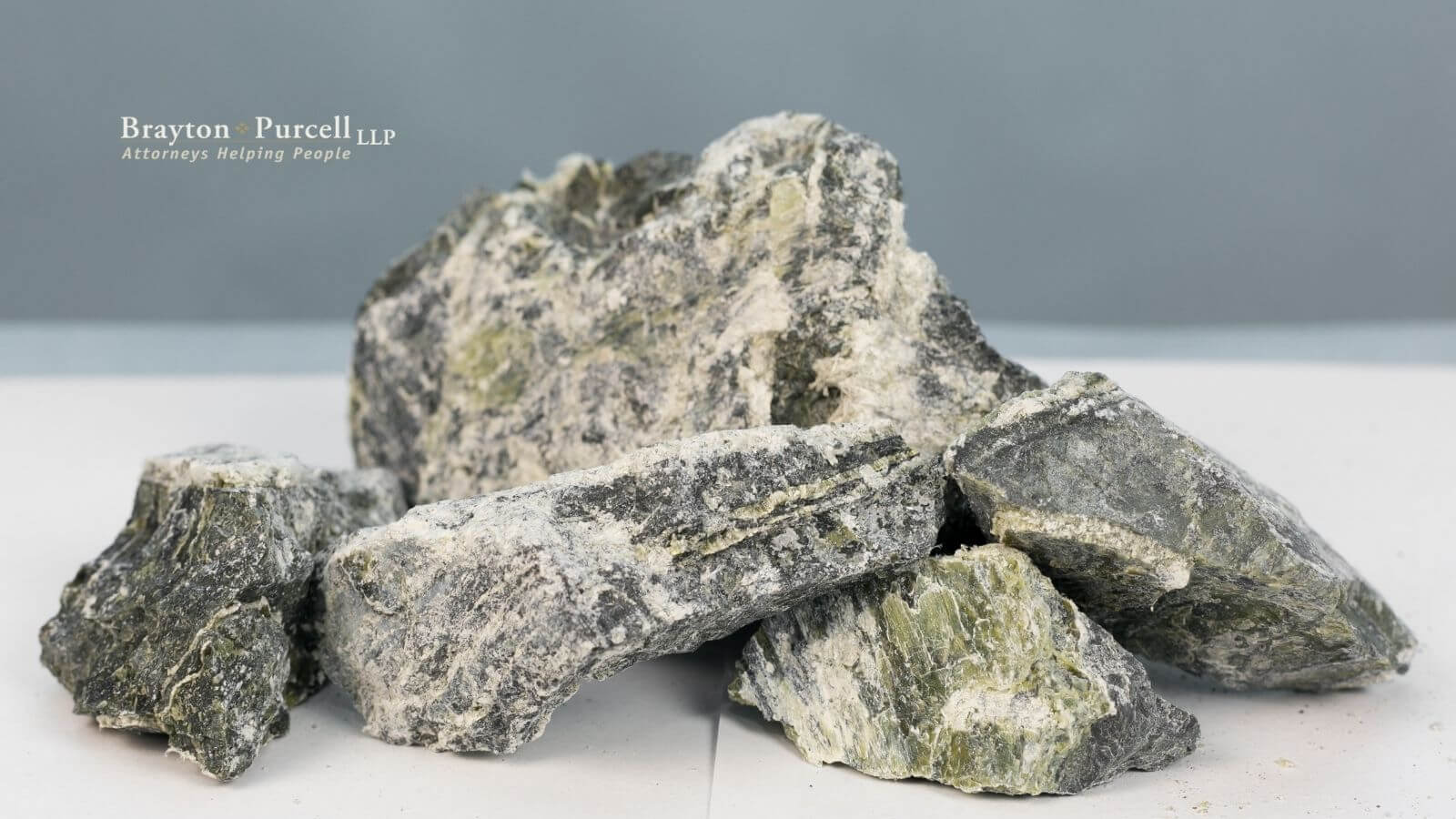Today, the public is so aware of the dangers of asbestos exposure that many wonder why the substance was ever used at all. A brief look into the history of asbestos reveals its usefulness and the negligence of those who ignored its dangers.
Found in Nature
Asbestos is a mineral fiber found in nature, primarily on rocks and in soil. Human beings have found uses for its anti-conductive and heat-shielding properties for thousands of years. Archeologists have discovered evidence of asbestos usage dating back as far as the stone age, but widescale use of the mineral did not arrive until the late 19th century.
In the swell of the industrial revolution, developers erected buildings as fast as they could with little regard for safety and health. Builders prized asbestos for its abundance in nature and its ability to insulate everything from buildings to boilers. It was not until decades later that the general public became aware of its dangers, but that does not mean those dangers were hidden to all.
Extremely Toxic to Humans
Asbestos has a special property that allows it to break apart into tiny pieces and spread through the air. When these particles enter the lungs, the body does not process them and they do not disintegrate. They embed themselves into lung tissues and cause permanent damage, eventually causing chronic diseases such as mesothelioma and lung cancer.
A History Of Negligence
The dangers of asbestos are not as new as some would like us to think. Its toxic properties were first noted as early as 1899, with the first documented asbestos-related death occurring in 1906. For decades, developers ignored warnings and used the deadly substance in their building projects and the manufacture of goods.
Today, thousands of people still suffer from the effects of asbestos exposure. Legal help is available to those who have suffered or lost loved ones to mesothelioma and ether asbestos-related diseases.















